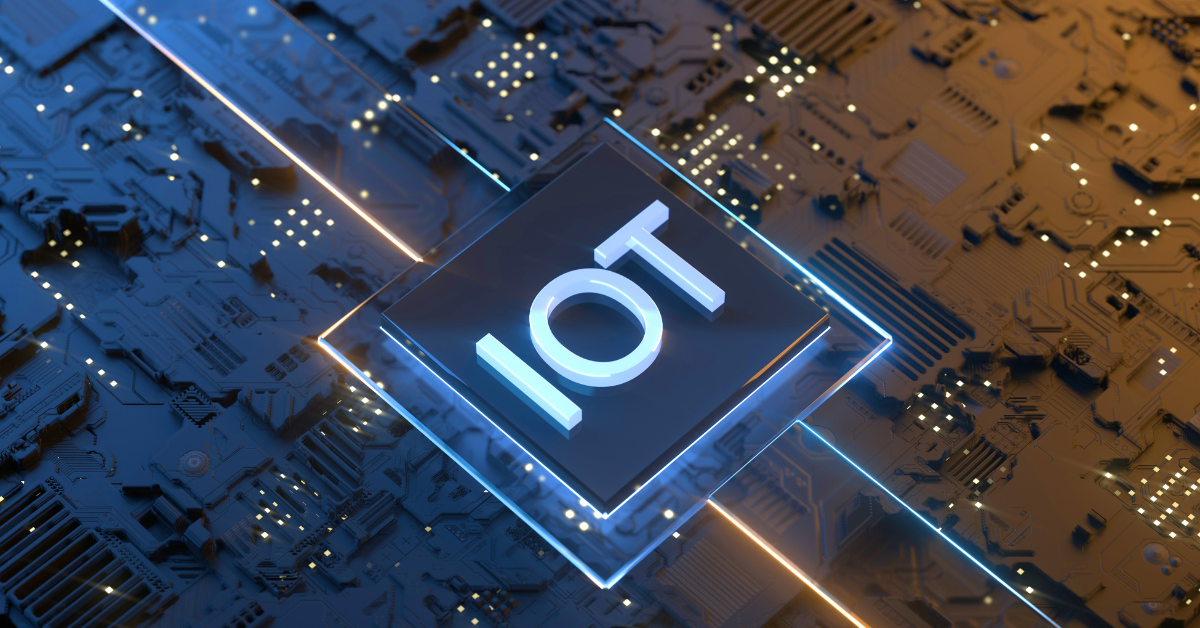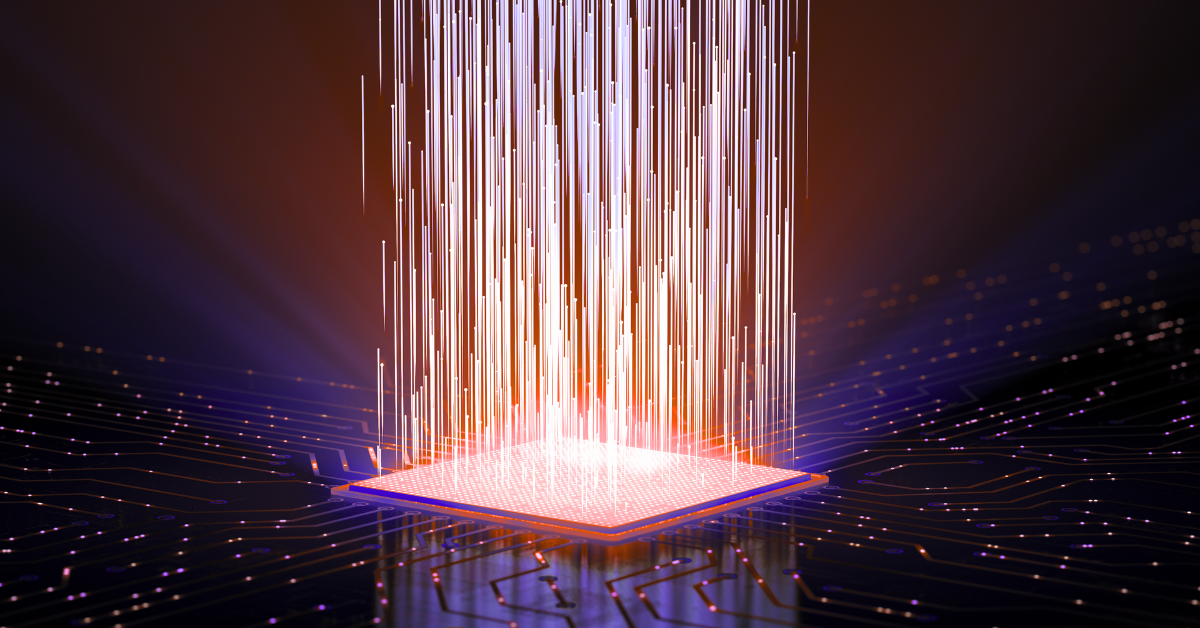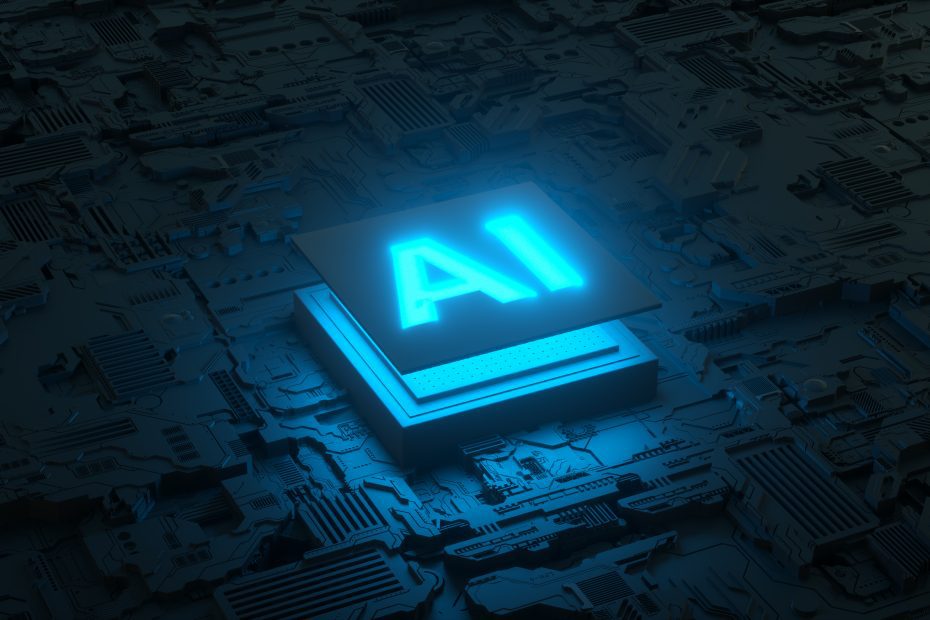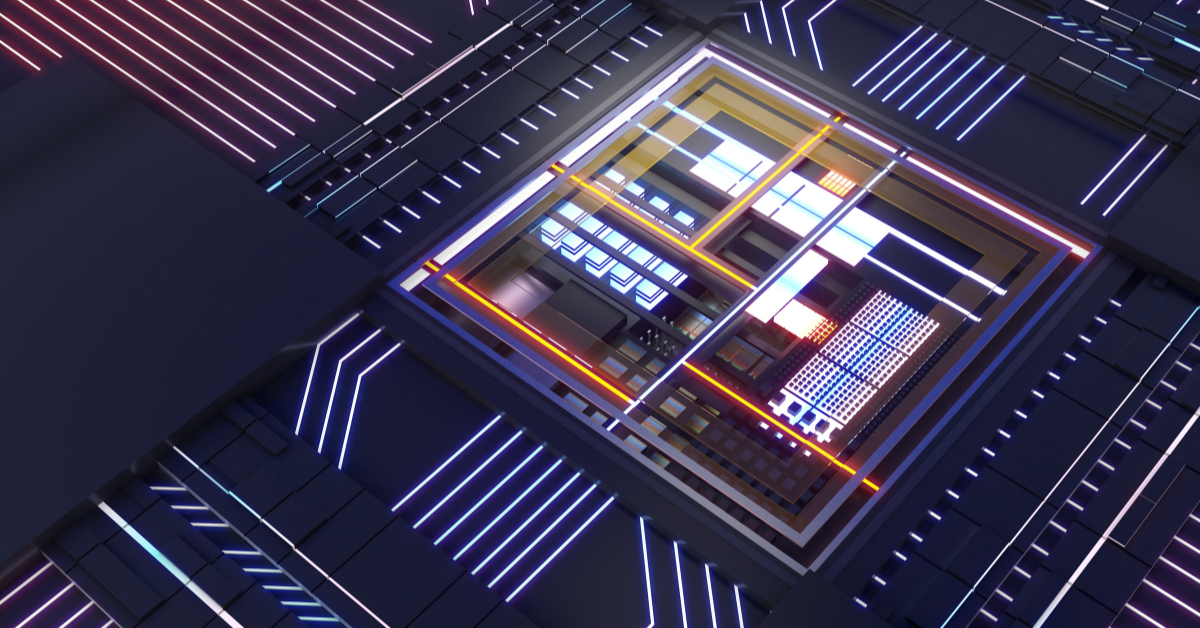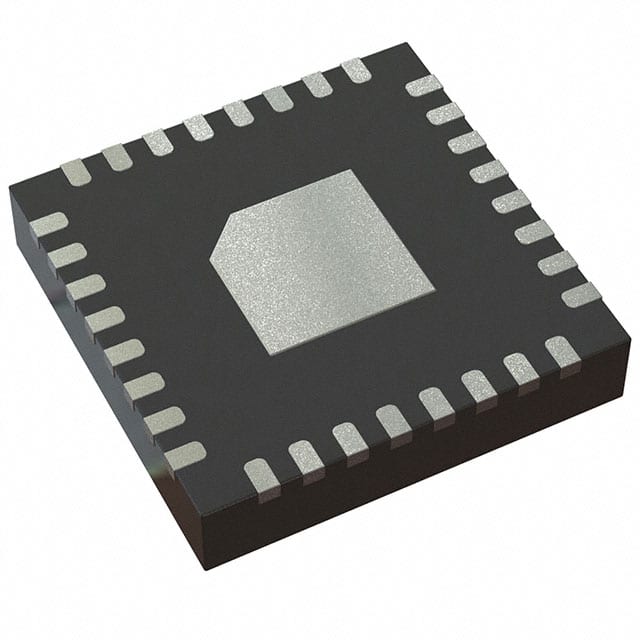In this era of advanced technology, the Internet of Things (IoT) completely transforms our interaction with various devices, such as smart homes and connected cars. At the heart of this revolution lies a small yet powerful element; the microchip. These remarkable silicon-based components are the unsung heroes that enable seamless connectivity and intelligent functionalities shaping the landscape of IoT.
The Emergence of IoT
The IoT represents an interconnected network comprising devices embedded with sensors, software and other technologies that facilitate data collection and exchange. This web of interconnected devices has brought about significant changes in industries ranging from healthcare and agriculture to manufacturing and transportation.
Microchips: The Foundation of IoT
At the core of every IoT device lies a microchip, also known as an integrated circuit. These chips exemplify modern engineering wonders by packing millions to billions of transistors onto minuscule pieces of silicon. Despite their small physical size, microchips possess immense power as they serve as the brains behind IoT devices.
Crucial Elements within IoT
Central Processing Unit (CPU): The processor acts as the central processing unit or brain within a microchip; it carries out instructions and processes data.
Memory (RAM and ROM): Memory serves as temporary storage for data and instructions (RAM), along with permanent storage (ROM).
Sensors: Responsible for collecting data about the surrounding environment of a device, including factors like temperature, humidity and motion. Microchips often come equipped with wireless communication modules like Wi Fi, Bluetooth and Zigbee that enable them to connect with other devices and access the internet. In order to extend the battery life of IoT devices, efficient power management circuits play a vital role. IoT microchips find applications in various domains.
Smart Home Devices: They power smart thermostats, lighting systems, security cameras and other home automation setups.
Wearable Technology: From fitness trackers to smartwatches, IoT microchips allow wearable devices to monitor health metrics and provide real time data.
Industrial IoT (IIoT): In manufacturing industries, IoT microchips are utilized for monitoring equipment performance, optimizing production processes and facilitating predictive maintenance.
Smart Cities: IoT microchips contribute towards traffic management systems as well as waste management and public safety initiatives. They enhance efficiency levels while improving overall quality of life in urban areas.
Challenges That Need Attention When it Comes to IoT Microchips
Security: As more devices get connected to the internet through IoT technology, ensuring robust security measures becomes a critical concern. Protecting both the devices themselves and the data they generate is of utmost importance.
Compatibility: Interoperability between different manufacturers IoT devices is crucial for seamless communication. Standardization efforts are currently underway to address this issue effectively.
Power Usage: Many IoT devices rely on batteries, so it’s crucial to minimize power consumption in order to extend battery life and reduce environmental impact.
Data Handling: Dealing with the immense amount of data generated by IoT devices presents challenges when it comes to storage, processing and analysis.
Upcoming Trends in IoT Microchips
Edge Computing: By bringing processing power closer to the data source (at the network’s “edge”), we can decrease latency and enhance efficiency in IoT applications.
Artificial Intelligence (AI): When AI algorithms run on IoT devices, they empower autonomous decision making and predictive capabilities, elevating the functionality of IoT.
5G Connectivity: The deployment of 5G networks will enable faster and more reliable communication among IoT devices, unlocking exciting new possibilities for IoT applications.
Conclusion
Microchips serve as the foundation of the Internet of Things, facilitating connections between a wide array of devices that enrich our lives. As the IoT continues its evolution, microchip capabilities will also advance, driving innovation and revolutionizing industries in unimaginable ways. By recognizing the significance of microchips within the IoT ecosystem, we can truly grasp the remarkable progress they bring to our world.
Learn more at Intel IoT and Trend Micro.


